When you're climbing icy or hard-packed snow in the backcountry, ski crampons can save the day. These lightweight tools attach to your touring bindings and feature sharp teeth that dig into ice or firm snow, giving you extra grip when climbing skins just don’t cut it. They’re especially helpful in conditions like freeze-thaw cycles, wind-packed crust, or steep traverses where slipping can be dangerous.
If you're using compact skis like Snowfeet Walkski Backcountry Touring Skis, crampons pair perfectly to boost traction without adding unnecessary bulk. These shorter skis are easier to handle in tight spots, and crampons make them even more effective on icy or steep terrain.
When do you need ski crampons?
- Early mornings or spring conditions when snow is icy.
- Wind-packed snow that’s too firm for skins to grip.
- Steep or exposed sections where slipping isn’t an option.
Snowfeet skis, at just 100 cm long, work well with universal crampons, making them a practical choice for backcountry adventures. They’re lightweight, portable, and easy to use, letting you tackle tricky terrain with confidence. Remember to choose crampons that match your ski’s width and practice attaching them before heading out.
Ski Crampons - How & When to Use Them
When You Need Ski Crampons in the Backcountry
Backcountry conditions can change in the blink of an eye. One minute, you’re gliding over well-packed snow, and the next, you’re staring down an icy patch that makes you question your footing. In situations where climbing skins just don’t cut it, ski crampons can be your best friend. They’re the difference between a steady ascent and a risky slip.
Snow and Terrain Conditions That Call for Crampons
Certain conditions scream for extra traction. Here’s when ski crampons come into play:
- Cold mornings and freeze-thaw cycles: Overnight freezes or spring conditions can turn the snow into a slick, hard surface where skins struggle to grip.
- Wind-packed crust: Strong winds can compress snow into a dense, icy layer, making it tough for skins to hold traction.
- Steep or exposed traverses: On these tricky sections, even a minor slip can have serious consequences. Crampons provide the grip you need to stay secure.
When you’re dealing with these challenges, ski crampons step in to provide the traction that climbing skins alone can’t offer.
Why Ski Crampons Are a Backcountry Essential
When the terrain gets tough, ski crampons give you the grip you need to stay safe. They’re especially handy on icy slopes, reducing the frustrating trial-and-error of finding secure footing. This not only saves energy but also lowers your risk of injury. Plus, better traction helps keep your group moving together smoothly, even in demanding conditions.
For those using Snowfeet* short skis, ski crampons are even more of a game-changer. Snowfeet* skis, with their compact 100 cm length, are built for agility but sacrifice some surface area compared to longer touring skis. Adding crampons balances this trade-off, giving you the traction you need on icy or steep terrain. The result? A combination of precision, control, and safety that lets you make the most of Snowfeet* gear in the backcountry.
Why Snowfeet* Short Skis Work Well with Ski Crampons

Snowfeet* short skis paired with crampons create a dynamic duo for backcountry adventures. Their compact size and thoughtful design offer distinct advantages over traditional long skis, especially when tackling technical terrain.
Snowfeet* skis are incredibly lightweight and easy to carry, making them a breeze to pack without throwing off your balance during steep ascents. This portability is a game-changer when you're already hauling other essential gear like crampons, avalanche tools, or overnight supplies. Together, the compact design and ease of transport set you up for better traction and control on icy, challenging slopes.
Better Traction for Short Skis
The Snowfeet* Walkski Backcountry Touring Skis, with their compact 100 cm size, are built for precision and agility. But their smaller surface area means they thrive with a little extra help - enter ski crampons. These metal teeth dig into icy surfaces, giving you the grip you need to climb confidently. Even with crampons attached, Snowfeet* skis remain highly agile, letting you handle tight turns and steep, icy sections without breaking a sweat.
Snowfeet* vs Long Skis and Snowboards
Traditional backcountry setups, like long skis, come with their own set of challenges. They're heavier, bulkier, and often require specialized ski boots. That extra weight can really wear you down on long hikes. Snowfeet* skis streamline the process - you can hike in your regular winter boots, switch to your skis when you hit the snow, and attach crampons when you need added traction. It’s a simple, efficient system.
Snowboards, particularly splitboards, have their own headaches. The assembly and disassembly process can be a hassle, and lugging a full-sized board during long approaches is awkward at best. Snowfeet* skis, on the other hand, are compact and versatile, making them easier to manage while still delivering excellent traction and maneuverability.
What really sets Snowfeet* skis apart is their ability to navigate tight, tricky terrain. Whether you're weaving through dense trees, crossing rocky sections, or tackling unpredictable snow, their small size gives you the freedom to explore creative lines. Unlike long skis, which often limit you to wider, more predictable paths, Snowfeet* skis let you take on routes that larger gear simply can't handle. Add crampons to the mix, and you're ready to conquer terrain that might otherwise make you turn back.
sbb-itb-17ade95
How to Choose and Use Ski Crampons with Snowfeet* Short Skis
Picking the right ski crampons for your Snowfeet* short skis doesn’t have to be complicated. Thanks to their compact design, Snowfeet* products are designed to work seamlessly with universal crampon systems, making your life a whole lot easier.
Selecting the Right Ski Crampons
Crampons are sized in 10mm increments, and their internal width should be 5-10mm wider than your ski's waist. For instance, if your Snowfeet* ski has a 95mm waist, you’d want a 100mm crampon.
Using crampons that are too narrow won’t fit over your skis, while ones that are too wide can wobble or even break when you’re relying on them for traction. With Snowfeet* short skis, precision is especially important - every millimeter of contact counts due to their compact size.
Binding compatibility is another area where Snowfeet* stands out. Unlike many traditional setups, which often require specific crampons for specific bindings, Snowfeet* Skiblades are made to work with adjustable ski boot bindings or snowboard boot bindings. This flexibility gives you more options right from the start.
Snowfeet* users should look for universal crampon systems that attach directly to the ski. These systems eliminate the hassle of matching crampons to specific bindings. Brands like Plum, G3, and B&D offer ski-mounted crampon receptors that work with specific crampon models, such as G3 crampons paired with the G3 ION Crampon Connector.
This universal approach fits perfectly with Snowfeet*’s focus on simplicity and versatility. Once you’ve got the right crampons, here’s how to attach and use them effectively.
How to Use Ski Crampons Properly
Securely attach your crampons and move with precision to maximize grip. With a universal ski-mounted system, clip or slide the crampons into place until they lock securely. Always double-check the connection before heading out to avoid slips or accidents.
When using Snowfeet* skis, precise movements are key. Plant each step firmly so the crampon teeth dig into the ice or hard snow before moving forward. This ensures steady traction, even on challenging terrain.
After each use, clean and inspect your crampons to keep them in top shape. Dry them thoroughly, check for bent or damaged teeth, and store them with protective covers to avoid damaging other gear.
Thanks to their lightweight and maneuverable design, Snowfeet* skis make it easier to build confidence and maintain control, even on tricky terrain. Practice attaching and using your crampons on easier slopes or even in your backyard before tackling tougher backcountry adventures.
Conclusion: Better Backcountry Adventures with Snowfeet*
Snowfeet* short skis make tackling backcountry terrain simpler and more fun by combining safety, performance, and ease of use in a compact package.
At just 100 cm long, these skis are both lightweight and portable. Their compact size means they’re easy to carry and perfect for navigating tricky terrain like dense forests, steep inclines, and narrow trails. Plus, they make uphill climbs less of a workout, saving you energy for the descent.
What’s even better? Snowfeet* short skis are designed to suit everyone - from first-timers to seasoned skiers - so you can enjoy backcountry adventures no matter your experience level.
Starting at $560, the Snowfeet* WALKSKI Backcountry Touring Skis offer a versatile and reliable option without the hefty price tag of traditional ski setups.
Whether you’re crossing icy paths, scaling steep hills, or weaving through forest trails, Snowfeet* short skis deliver a perfect mix of safety, performance, and convenience.
FAQs
What makes ski crampons safer and more effective than climbing skins in backcountry skiing?
Ski crampons can make all the difference when you're tackling backcountry terrain. They deliver extra grip and stability in situations where climbing skins just don’t cut it. Think icy patches or steep, uneven slopes - crampons dig into the snow, helping you stay secure and in control. This extra traction comes in handy, especially on tricky sidehills or when the snow is firm and unforgiving.
Climbing skins are great for softer snow and gentler slopes, but when conditions get tough, they can fall short. That’s where ski crampons step in. If you're using compact skis like the Snowfeet Walkski Backcountry Touring Skis (100 cm), adding ski crampons can boost your safety and confidence, making your backcountry adventures smoother and way more enjoyable.
What makes Snowfeet short skis with ski crampons better than traditional long skis or snowboards for tough backcountry conditions?
Snowfeet short skis, like the WALKSKI, bring some cool perks to the backcountry scene that you won’t find with traditional long skis or snowboards. For starters, their small size makes them super easy to handle. Need to make quick turns or navigate a tight, steep section? No problem - these skis give you the control and agility to tackle tricky spots like a pro.
Another big win is how lightweight and portable they are. Unlike those bulky long skis or snowboards, Snowfeet are a breeze to carry around. And here’s the kicker: they work with your regular winter boots! No need to drop extra cash on fancy gear. All these features make Snowfeet a solid pick for anyone wanting a fun, hassle-free way to explore the backcountry.
How do I choose the right ski crampons for my Snowfeet short skis to maximize safety and performance?
When picking ski crampons for your Snowfeet short skis, make sure they work with your bindings and are just a bit wider than your skis' waist. Opt for the smallest size that fits snugly - this helps you get a solid grip on icy or steep slopes, boosting both stability and confidence. Thanks to Snowfeet's compact design, lightweight crampons are a perfect match, making them great for easy-to-carry backcountry trips. Focus on quality and fit to stay safe and enjoy your skiing adventures to the fullest.







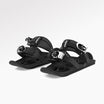
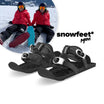
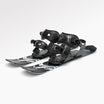
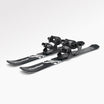

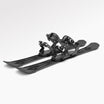

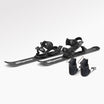






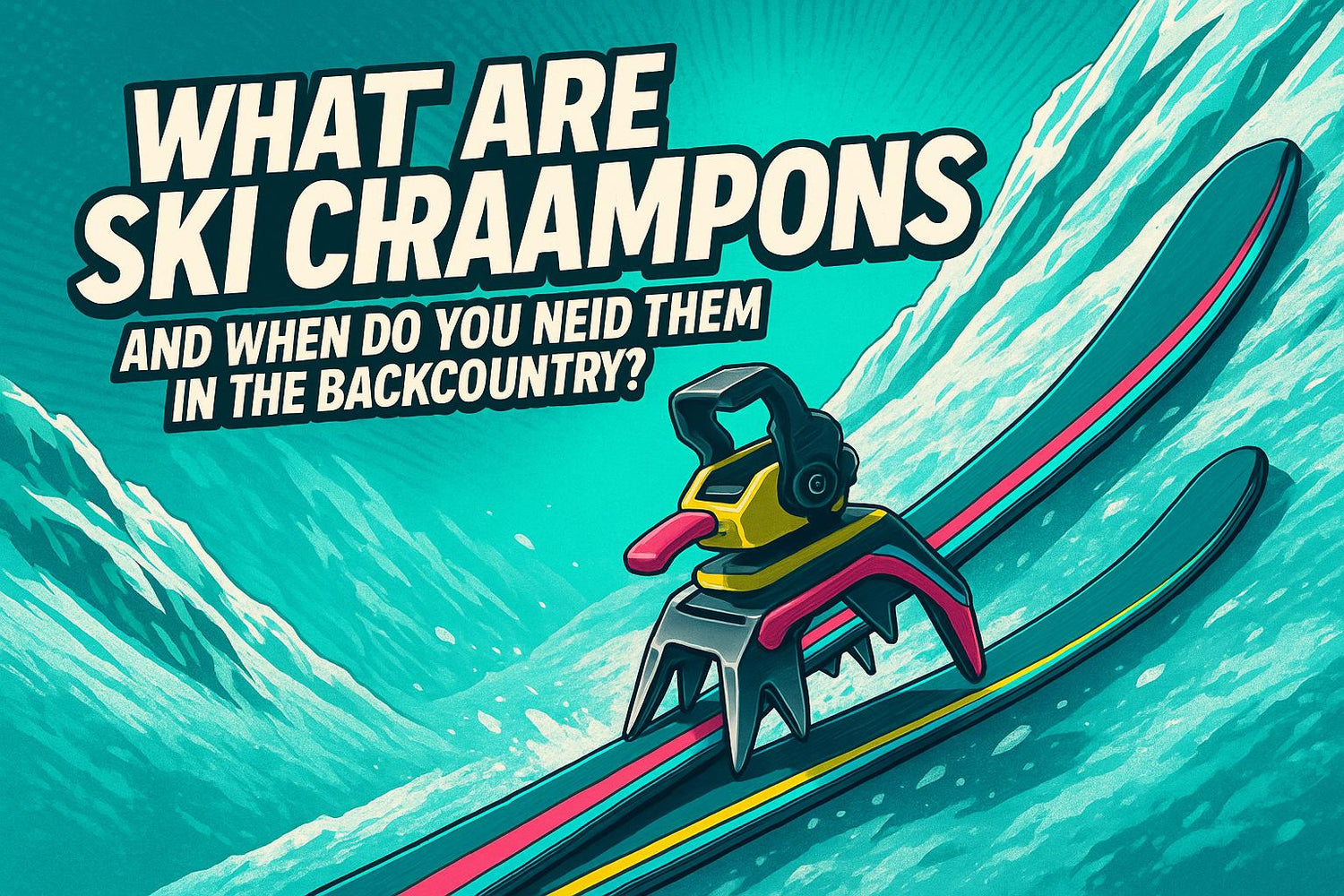

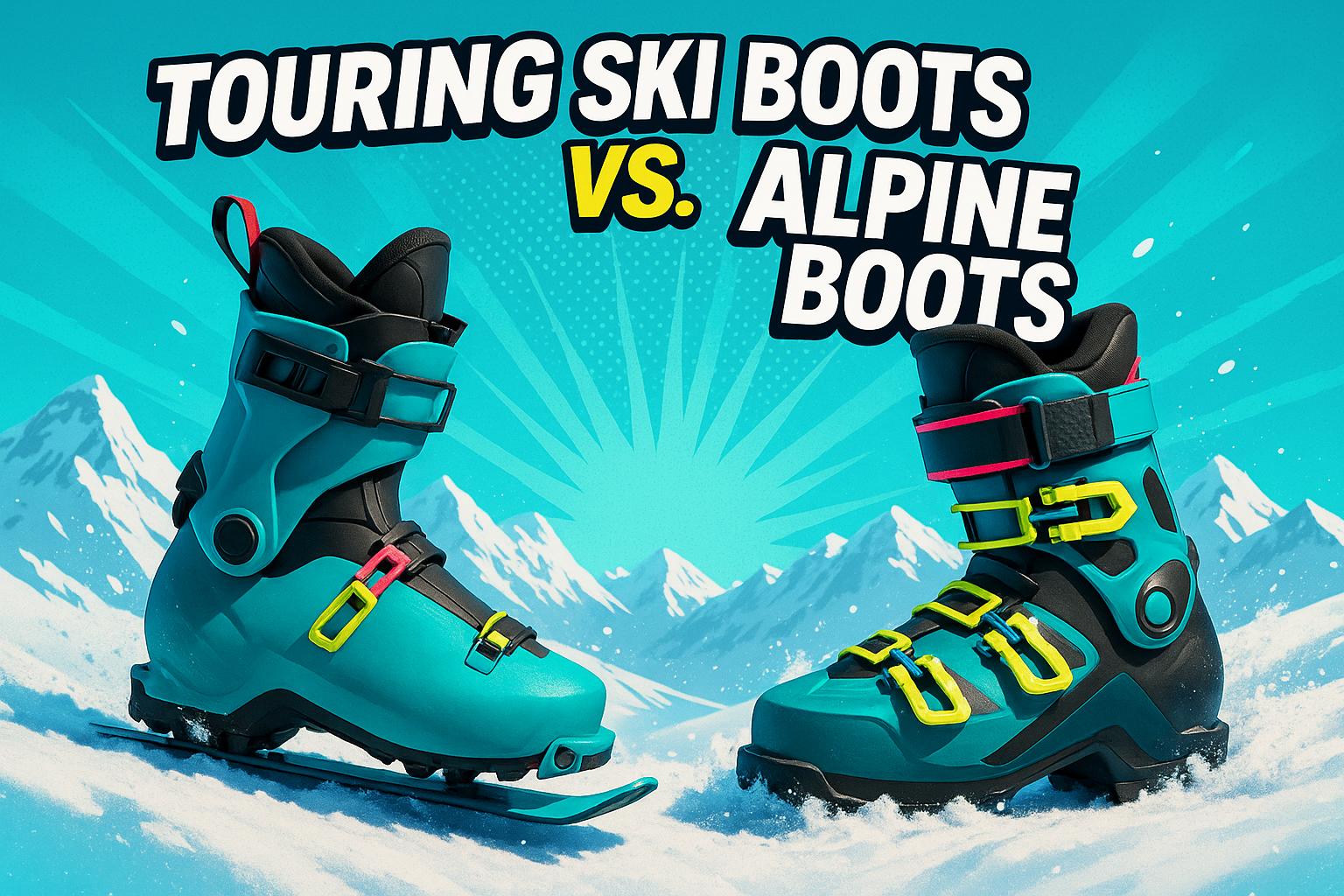




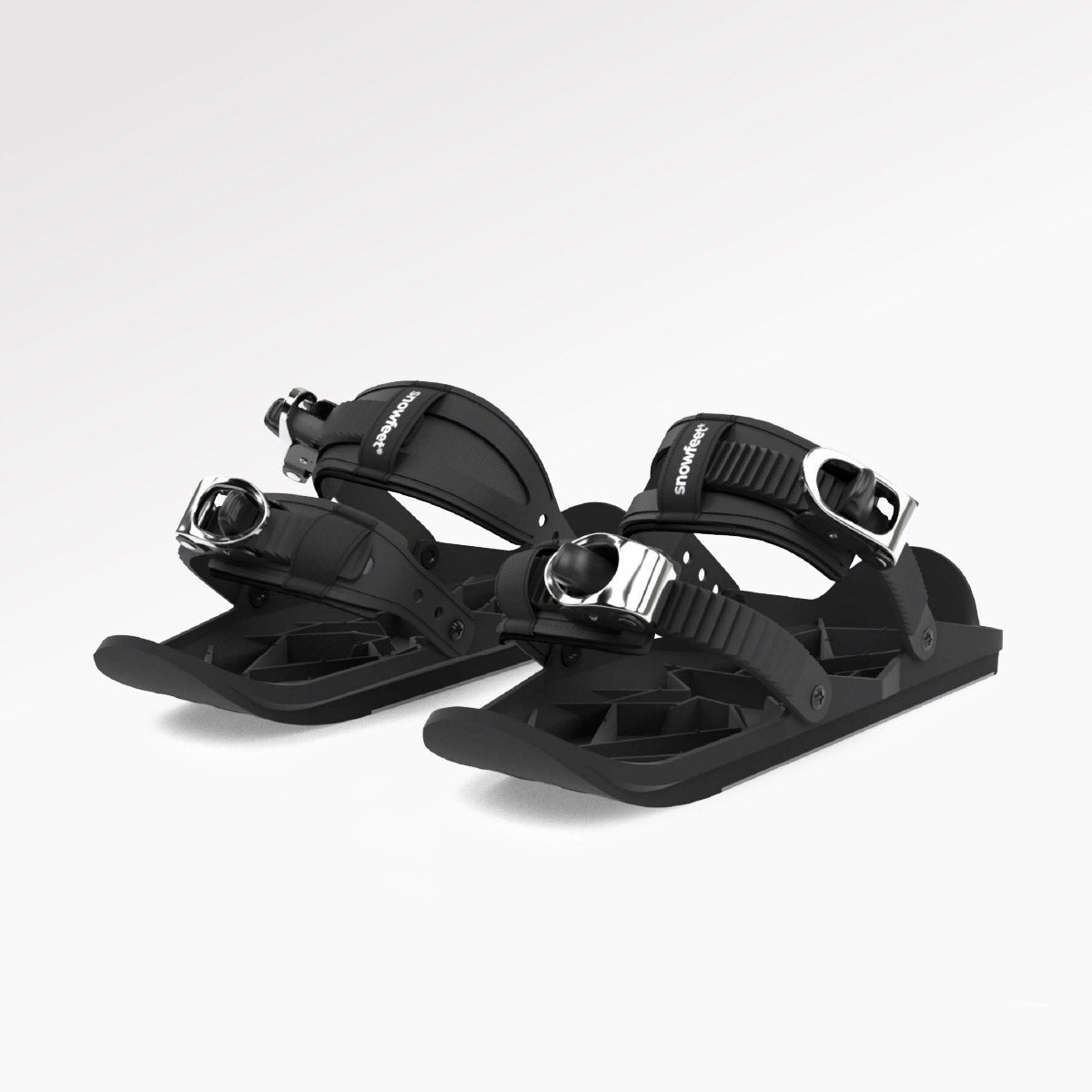
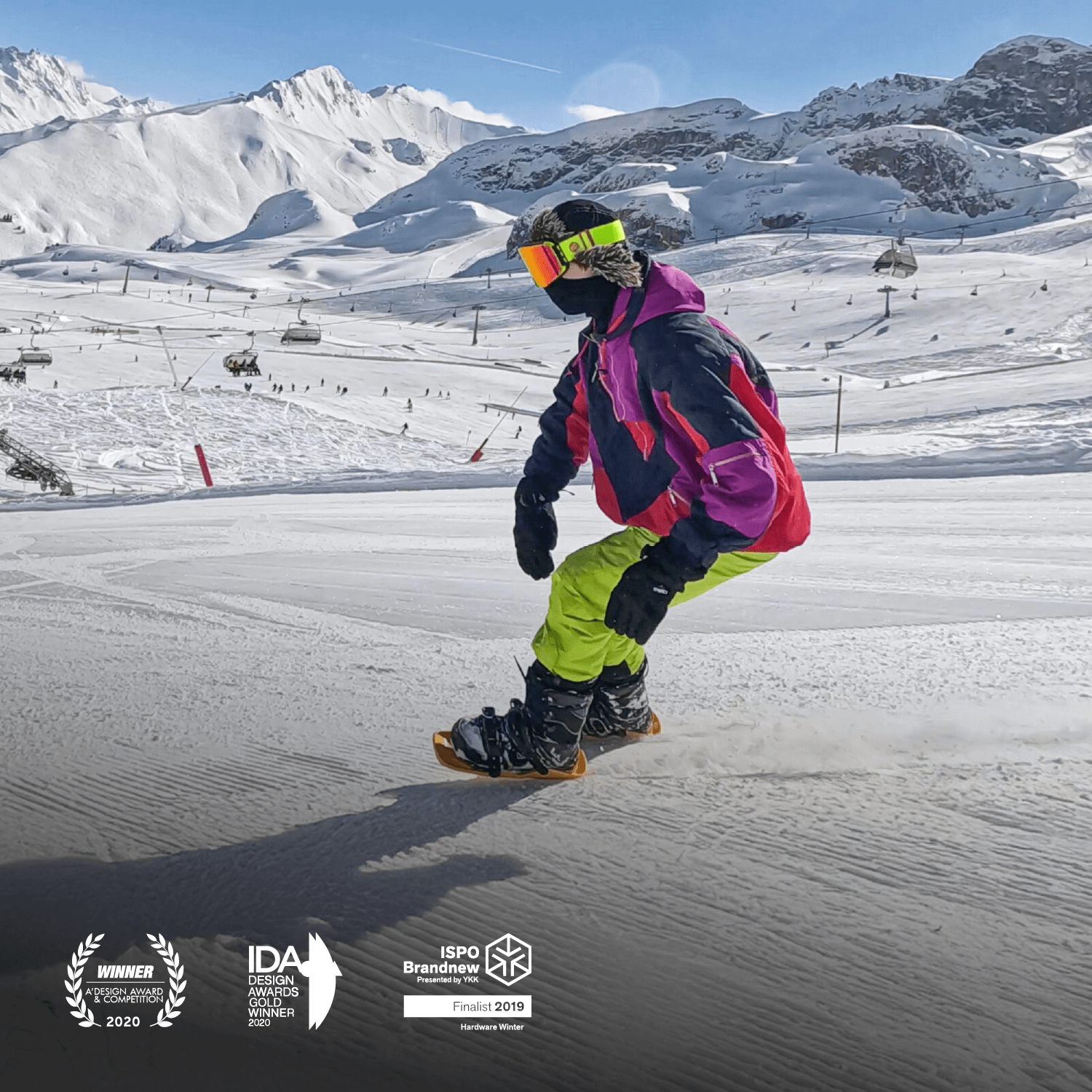
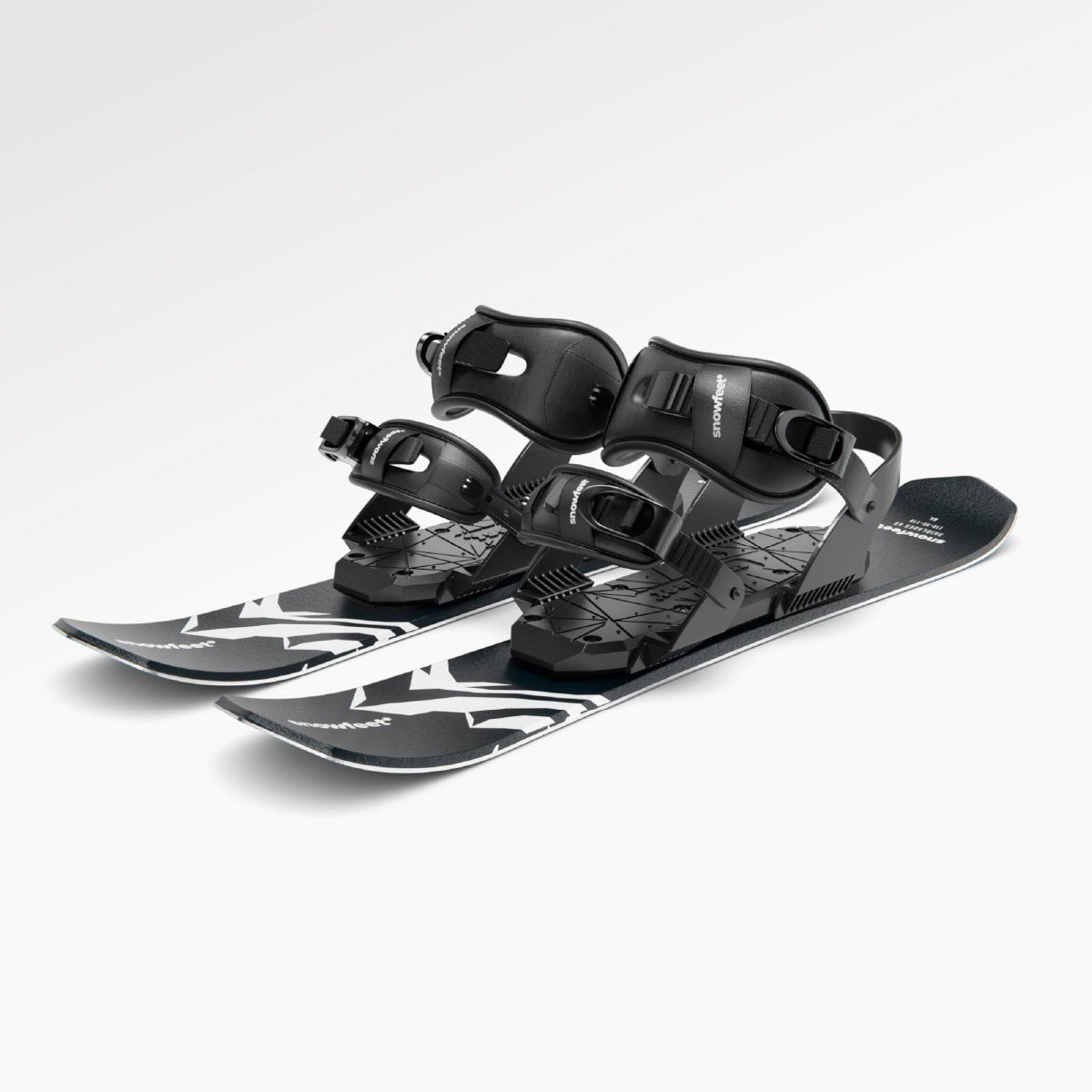

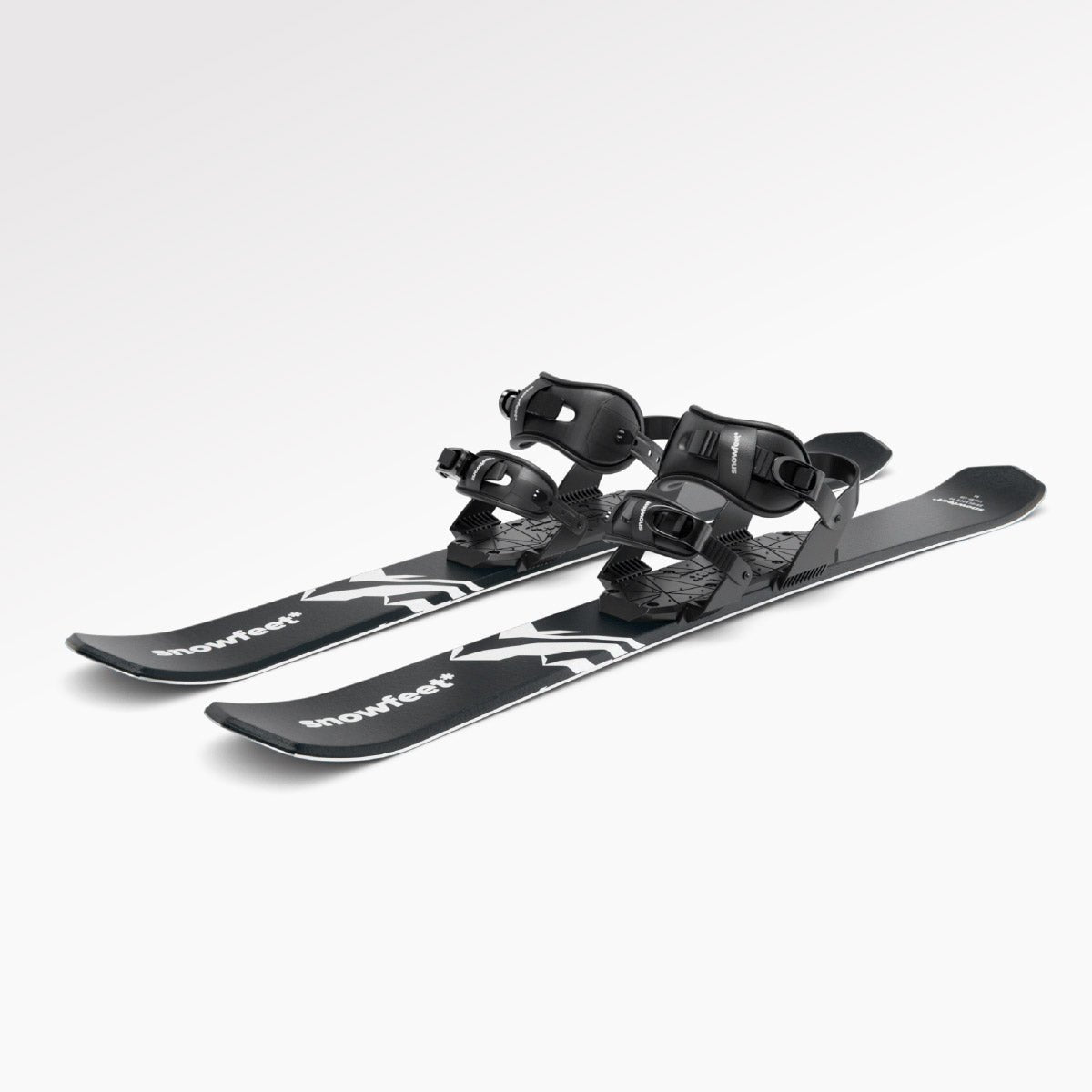

コメントを残す
このサイトはhCaptchaによって保護されており、hCaptchaプライバシーポリシーおよび利用規約が適用されます。